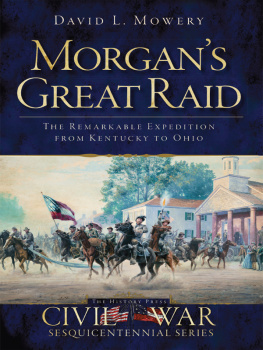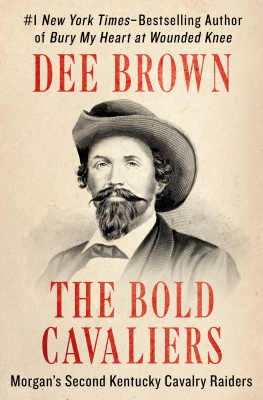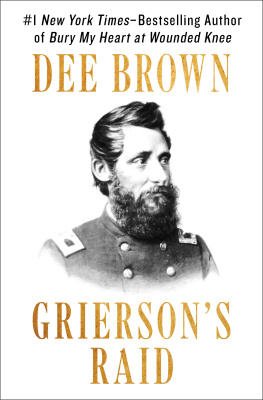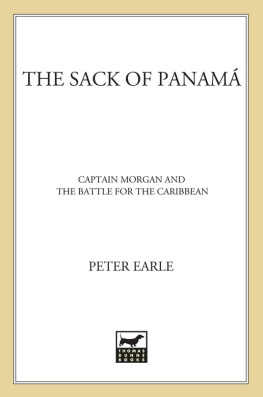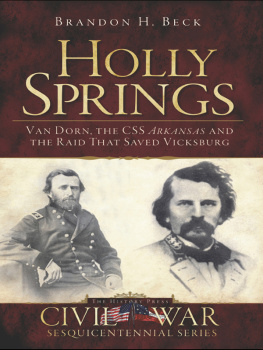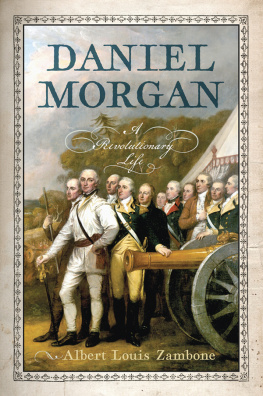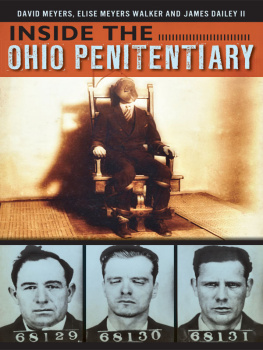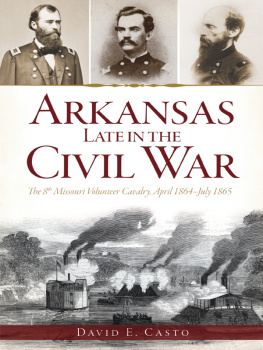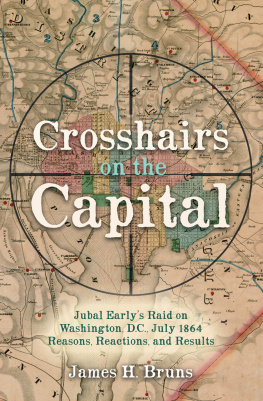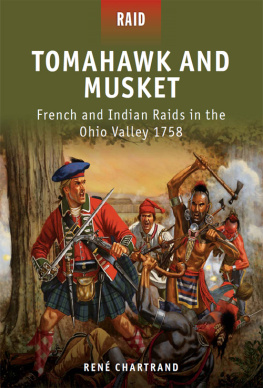
Published by The History Press
Charleston, SC 29403
www.historypress.net
Copyright 2013 by David L. Mowery
All rights reserved
Cover image: From the original painting by Mort Knstler, Morgans Ohio Raid. 2003
Mort Knstler, Inc. www.mkunstler.com.
First published 2013
e-book edition 2013
Manufactured in the United States
ISBN 978.1.61423.940.6
Library of Congress CIP data applied for.
print edition ISBN 978.1.60949.436.0
Notice: The information in this book is true and complete to the best of our knowledge. It is offered without guarantee on the part of the author or The History Press. The author and The History Press disclaim all liability in connection with the use of this book.
All rights reserved. No part of this book may be reproduced or transmitted in any form whatsoever without prior written permission from the publisher except in the case of brief quotations embodied in critical articles and reviews.
For my parents, who fueled the flame inside me
and
For my wife, who helped me to keep it burning

Map Legend. Courtesy of Hal Jespersen.

Map of Morgans Great Raid in Kentucky and Indiana. Authors collection.

Map of Morgans Great Raid in Ohio. Authors collection.
Contents
List of Maps
Preface
Why did a young American woman label an enemys raid one of the most remarkable expeditions in military history at a time when womens opinions didnt really matter? How dare she! She had absolutely no military training or experience. She gleaned no conclusions from a previous military advisor or author. Military judgment was reserved for men, not women. Was this girl misguided? Was she an enemy sympathizer? Was she nuts? None of the above. On the contrary, this woman proved to be exceptionally brilliant.
Miss Flora E. Simmons published the first overview of one of Americas greatest military achievements: John Hunt Morgans Great Raid. Her self-published book, A Complete Account of the John Morgan Raid through Kentucky, Indiana and Ohio, in July 1863, hit the public venues within three months after the raid had ended. Simmons unknowingly possessed a natural aptitude for the art of war. She looked past the final result of Morgans Raid and saw its innovative qualities. While many of Americas military experts of her day, both Union and Confederate, scoffed at Morgans disastrous offensive, Simmons realized its value for generations of warriors to come. Nothing could exceed the energy as well as skill and celerity of Morgans movements, except perhaps the troops sent in pursuit of him, she concluded.
Historians and military experts who have come after her would agree. Those like J.F.C. Fuller, Heinz Guderian and Basil Henry Liddell Hart, the pioneers of mechanized warfare, realized the practical application of Morgans raiding tactics. The swift movement of infantry and artillery deep into enemy territory, with as much stealth and deception as possible, are common characteristics of todays warfare. The Blitzkrieg, Operation Iraqi Freedom and even Operation Neptune Spear are appropriate examples. In 1863, this style of warfare was revolutionary, and many thought it unlawful.
From July 2 through July 26, 1863, Confederate brigadier general John Hunt Morgan led a division of approximately 2,460 cavalrymen and a battery of four guns from Burkesville, Kentucky, to West Point, Ohio, on a one-thousand-mile raid designed to divert Union forces away from Tennessee. Known interchangeably as the Indiana-Ohio Raid, the Ohio Raid or the Great Raid, Morgans incursion into Union-held western Kentucky, southern Indiana and southern and eastern Ohio marked the pinnacle of Morgans career, but it led to the destruction of one of the Souths greatest cavalry divisions. When General Morgan surrendered near West Point on July 26, he had with him 364 men and officers from the original 2,460. No more than 500 men of the division successfully reached Confederate lines.
Nevertheless, Morgans Great Raid falls on the list of groundbreaking military achievements in world history, not for its outcome, but for its execution. Even today, historians who study modern raiding techniques revere Morgans Indiana-Ohio Raid. For example, Samuel A. Southworths book Great Raids in History: From Drake to Desert One (Edison, NJ: Castle Books, 2002) lists Morgans Ohio Raid as one of the top eighteen greatest land-based military raids in world history since the time of Sir Francis Drakes raid on Cadiz in 1587.
The innovator behind the Indiana-Ohio Raid was a unique man in his own right. John Hunt Morgan had not been trained at West Point, the Virginia Military Institute or any other academy. He was a Southern aristocrat who had seen brief action with a cavalry unit during the Mexican-American War. That experience alone did not make him a brilliant commander. What defined Morgan as a special military leader were his independent nature, his quick thinking, his incredible energy and his unflinching confidence that he could overcome seemingly insurmountable odds. These traits that made his raids the subject of study for generations after him would also be the cause of his downfall.
The soldiers who followed Morgan into potential oblivion were also unique. They were tough, romantic, independent-thinking men who wanted something besides the rigors of Napoleonic military discipline. They wished to live on the edge. They hungered for adventure, danger and freedom. They harbored a particular distaste for camp life and army regulations. They wanted to make their enemy feel the real pain of war and do it on their own terms. They placed their full trust in John Hunt Morgan to accomplish their mission, so much so that they forever identified themselves as Morgans Men.
The officers and men who would bring Morgan to bay were unique, too. They had been embarrassed too many times by the likes of Morgan and his unorthodox approach to waging war. They were determined to stop the guerrilla chief and the King of Horse Thieves once and for all. Their extraordinary persistence, self-motivation and sheer willpower would do just that.
Morgans Great Raid showcased the best and the worst of the soldiers of both sides. Like many occasions in war, the raid was beset with some of the worst acts of mankind: fratricide, theft and murder. Yet it also exhibited courage, determination, resilience and, yes, even compassion and love; these are among the best traits that humans can offer in times of great sorrow, death and destruction. In short, the Indiana-Ohio Raid is a microcosm of the American Civil War.
This book looks at Morgans Great Raid of July 1863 with the intent of providing an overview of an extraordinary military operation. It does not go into great lyrical detail about the battles, soldiers and civilians as have some of the previous works written on the raid. Instead, this book tries to portray a general flavor for the event as it unfolded, the soldiers who made it happen and the civilian population affected by it. A unique aspect of this publication is the large set of detailed maps that depict the primary skirmishes and battles of the raid. Pictures can sometimes say a thousand words. These maps help show the complexity of Morgans tactical thinking when he was engaged behind enemy lines. Within the space afforded in the pages that follow, it is hoped that the reader will gain a good understanding of why Morgans Great Raid is important to American history.
Next page
